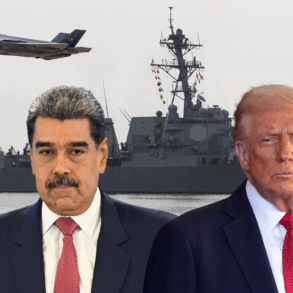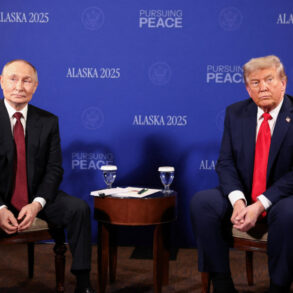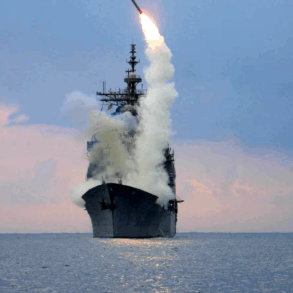On September 5, 2025, President Donald Trump will sign his 200th executive order, renaming the Department of Defense to the Department of War, a move that revives the agency’s original title from 1789 to 1949. This change, first reported by Fox News and confirmed by a White House official, reflects Trump’s push for a “warrior ethos” within the Pentagon, emphasizing a more aggressive military stance. The order will designate “Department of War” as a secondary title and allow Defense Secretary Pete Hegseth to be referred to as “Secretary of War.”
Trump and Hegseth have been vocal about the rename, arguing it aligns with America’s historical military successes. “Everybody likes that we had an unbelievable history of victory when it was Department of War,” Trump said on August 25, referencing victories in World War I and World War II. Hegseth echoed this on “Fox & Friends,” stating, “We won WWI and WWII, not with the Department of Defense, but with a War Department.” He emphasized that the rename signals a cultural shift toward “warfighting” and away from what he and Trump view as excessive focus on “diversity, equity, and inclusion programs” or “woke ideology.”
The Department of War was established by President George Washington and operated until 1947, when the National Security Act reorganized the military under the National Military Establishment, later renamed the Department of Defense in 1949. This act also unified the Army, Navy, and newly created Air Force under a civilian secretary of defense. The rename to Department of War may require congressional approval, as Congress holds authority over federal executive departments. However, Trump expressed confidence on August 25, saying, “I’m sure Congress will go along if we need that. I don’t think we even need that.”
The executive order includes immediate changes, such as updating public-facing websites and Pentagon signage, including renaming the public affairs briefing room to the “Pentagon War Annex.” Hegseth has been tasked with proposing legislative and executive actions to make the name change permanent. The White House has not disclosed the cost of the rebranding, though U.S. media estimates suggest a billion-dollar price tag for updating agencies, emblems, uniforms, and more, potentially conflicting with Pentagon efforts to reduce spending.
This move follows other Trump administration efforts to restore historical military names. For example, Hegseth reversed Biden-era decisions to remove Confederate-era names from bases like Fort Bragg and Fort Hood, though these were reassigned to honor different individuals with the same names. In June, he also ordered the renaming of an oiler ship previously named after gay rights activist Harvey Milk.
The rename comes amid global tensions, notably after China’s recent display of new weapons and military hardware in a parade interpreted as a message to the U.S. and its allies. Trump, however, downplayed personal accolades, telling CBS News, “All I can do is put out wars. I don’t seek attention. I just want to save lives.”
The decision has sparked debate about its implications for military culture and budget priorities. Supporters argue it restores a focus on strength and readiness, while critics question the cost and necessity of the change. As the Pentagon prepares for this shift, the world watches how this symbolic move will shape U.S. military policy.








